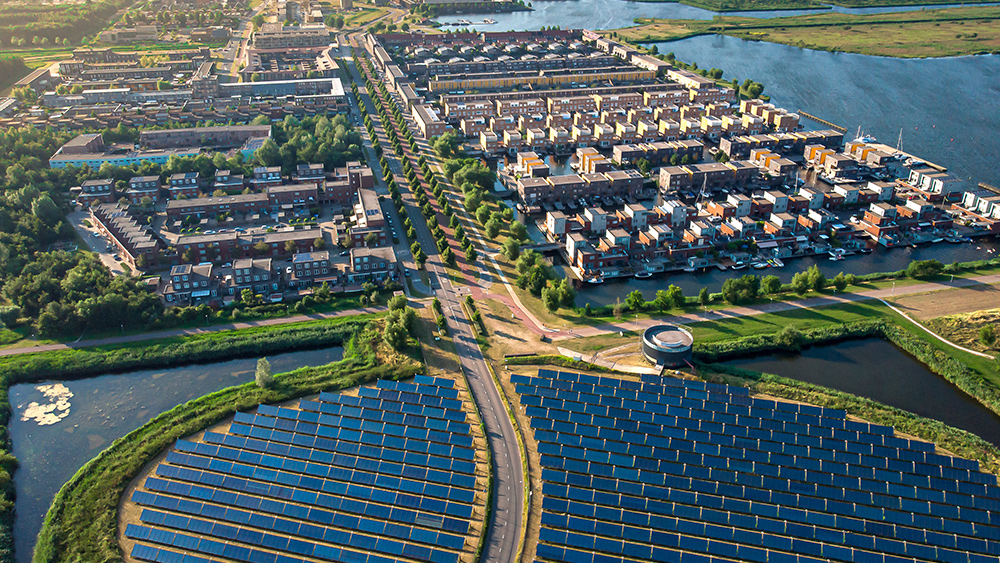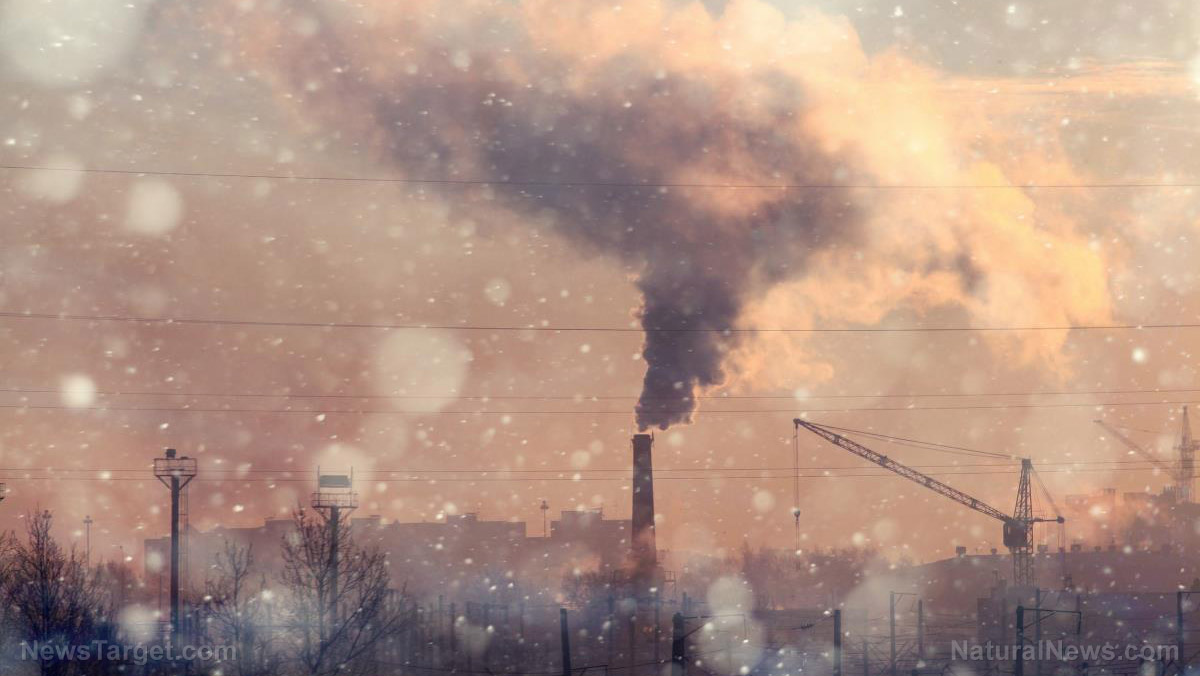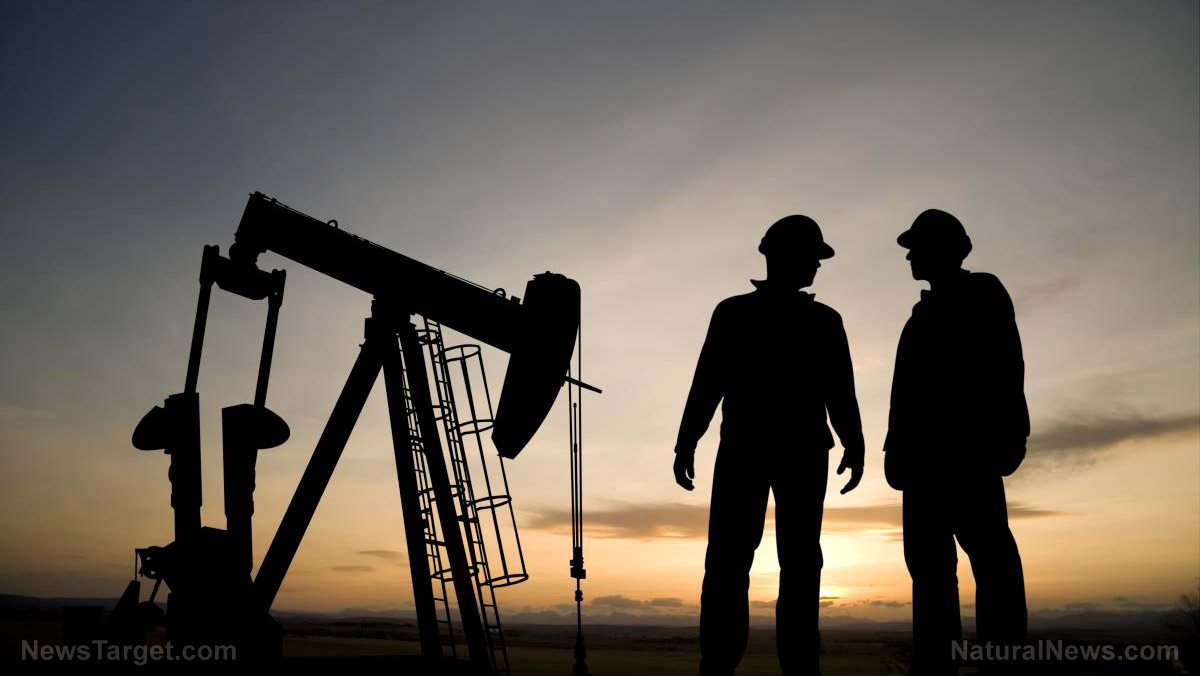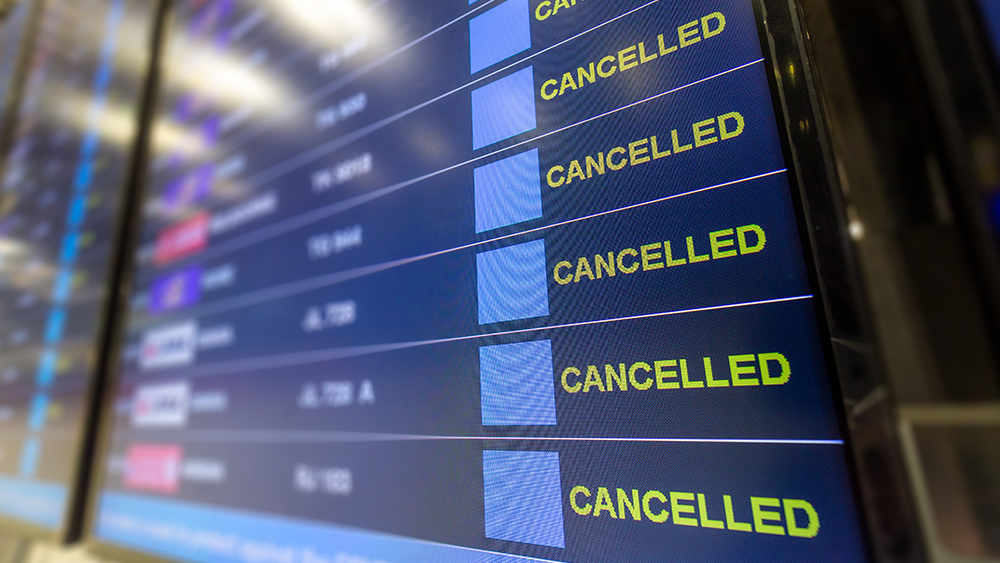 Parler
Parler Gab
Gab
- A massive power outage hit Spain, Portugal, France and Belgium, triggered by the abrupt failure of solar facilities in Spain—where renewables supply 75% of electricity. The collapse exposed systemic grid vulnerabilities tied to unreliable solar and wind energy.
- The outage began when two Spanish solar plants disconnected simultaneously, causing a rapid drop in renewable output (from 66% to 20% capacity). Gas and coal backups were insufficient, leading to 60% power loss in Spain and disruptions across Europe.
- Solar and wind lack "synchrophasor inertia," a stabilizing feature of traditional power sources. During the crisis, solar inverters shut off as grid frequency neared collapse (49.85 Hz, just 0.15 Hz above the threshold for total blackout), worsening the imbalance.
- Experts criticized aggressive green mandates for ignoring reliability risks. Europe’s nuclear phaseouts (e.g., Germany closing reactors) left grids dependent on unstable renewables. Calls grew for nuclear power as a stable, low-carbon baseload alternative.
- The outage underscored the dangers of rapid decarbonization without backup systems. Policymakers must prioritize grid modernization, energy storage and diversified sources (including nuclear and fossil fuels) to prevent future crises.
A five-second collapse: Understanding the Iberian crisis
The blackout began at 12:33 p.m. local time in Spain, when two solar facilities disconnected simultaneously in the southwest, destabilizing the grid. Within seconds, the interconnector linking Spain to France failed, isolating the Iberian Peninsula from Europe’s power network. Spain’s renewable generation – which supplied 66% of its capacity before the outage – plummeted to 20% of pre-failure levels. Gas and coal plants, holding just 2.5 GW of output at the time, struggled to compensate. The result: 60% of Spain’s power vanished, and neighboring nations faced cascading disruptions. Traffic ground to a halt, subways froze and communication systems faltered, underscoring the grid’s fragility in moments of crisis.The role of solar power: Inertia shortfalls and systemic risks
Experts highlight solar energy’s lack of “synchrophasor inertia,” a stabilizing force provided by traditional power sources like coal, gas and nuclear plants. Red Eléctrica de España (REE), Spain’s grid operator, noted that solar and wind inverters automatically shut off during frequency drops, exacerbating the collapse. At peak failure, Europe’s grid frequency dipped to 49.85 hertz – perilously close to the 49.5 hertz threshold that triggers automatic plant disconnections and systemic collapse. “As the frequency dropped, solar plants couldn’t compensate. Their inverters turned off, worsening the imbalance,” explained a REE official, citing the precise figures in a post-incident report. The Telegraph and Daily Mail reports emphasized that solar and wind lack the rotational mass of fossil fuel turbines, making grids reliant on them highly susceptible to rapid destabilization.Expert analysis: When ideology meets reality
Energy researcher Michael Shellenberger, in an influential Twitter thread, described the events as “truly bananas,” noting Europe’s near-total blackout was halted by a mere 0.3 hertz. “The grid’s frequency plunged to 49.85 Hz – less than a hair above the red line,” he wrote. “Had it dropped just 0.15 Hz further, Europe’s system-wide blackout risk would have skyrocketed.” Shellenberger criticized the “reckless ideology” underpinning green energy mandates, arguing that renewables’ unpredictability poses existential risks. “You’re not saving the planet by replacing reliable power with unstable alternatives,” he said. “You’re endangering millions.” His analysis aligns with Prime Minister Pedro Sánchez’s admission that the outage revealed gaps in Spain’s energy strategy, though Sánchez insisted the country’s “net-zero agenda remained on track.”Policy implications and the nuclear dilemma
Europe’s shift away from nuclear energy, amplified by post-Fukushima and post-Chernobyl phaseouts, has left grids increasingly dependent on renewables and gas. Yet safety and capacity challenges persist: France, once a nuclear leader, reduced its reliance to 60%, while Germany shuttered its last reactor in 2022 amid protest. The incident has renewed calls for nuclear resurgence. “Nuclear power is the only truly ‘green’ baseload energy capable of stabilizing grids,” argued energy analyst Chris Stirling in Revolver’s post-outage coverage. “France and the U.S. lag in new plant approvals, while China builds over 20 reactors annually.” Trumps’s fossil-fuel-friendly policies in the U.S. – including subsidies for coal and gas – contrast starkly with Europe’s push for renewables. The outage’s timing, days ahead of Canada’s election, also underscores global trade tensions over energy security. Prime Minister-elect Mark Carney’s pledge to “win” trade wars with the U.S. hinges partly on securing energy resilience, complicating his push to expand green energy use.A wake-up call for energy realism
The April 29 outage serves as a stark warning: rapid decarbonization without parallel investment in backup systems risks grid instability and public safety. Spain’s failure to maintain adequate fossil fuel and nuclear capacity highlighted the fragility of overreliance on renewables. As nations confront climate targets, policymakers must prioritize grid modernization – including energy storage and hybrid systems – to stabilize supply. The path forward demands pragmatism over ideology. “Energy freedom,” as Trump and advocates emphasize, means diversification – not abandonment of reliable sources. For Europe, the clock is ticking: the next crisis could be worse, and the lights might not flicker back on so soon. Sources for this article include: Revolver.news SGTreport.com Bloomberg.comHow air pollution rewires young brains – and how parents can minimize the damage
By Cassie B. // Share
House Committee advances sweeping energy expansion to unleash U.S. oil and gas production
By Willow Tohi // Share
Major airlines suspend flights to Tel Aviv amid Yemeni aerial blockade and rising tensions
By Laura Harris // Share
By Lance D Johnson // Share
Shocking study reveals cell phone radiation causes BLOOD CLUMPING in minutes
By Ava Grace // Share
Governments continue to obscure COVID-19 vaccine data amid rising concerns over excess deaths
By patricklewis // Share
Tech giant Microsoft backs EXTINCTION with its support of carbon capture programs
By ramontomeydw // Share
Germany to resume arms exports to Israel despite repeated ceasefire violations
By isabelle // Share










